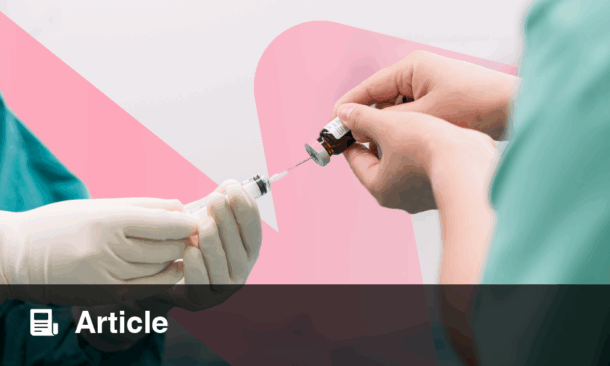INTRODUCTION
In April 2015, the country of Georgia, with a high prevalence of hepatitis C virus (HCV) infection (5.4% of the adult population, approximately 150,000 persons), embarked on the world’s first national HCV Elimination programme.1-4The overall goal of the programme was to achieve a 90% reduction in HCV prevalence by 2020. Currently, the hepatitis testing, diagnostics, and medication are available free of charge to all citizens. The aim of this analysis was to describe progress in HCV testing as part of the elimination programme.
MATERIAL AND METHODS
The study merged data from the national hepatitis C screening registry and the treatment database and census data from 2014 using a unique national ID.
RESULTS
As of 10th November 2019, 1,628,452 adults were tested for HCV (56.9% of the adult population), of whom 125,016 (7.7%) were anti-HCV positive. By the end of 2015, the positivity rate was 27.0%, which was reduced to 3.8% in 2019. Overall, 98,134 individuals received viraemia testing, of whom 80,074 (81.6%) tested positive.
Screening rates were similar for males and females (55.9% versus 57.9%, respectively). Among males, screening rates were highest among those aged ≥60 years (64.2%) and lowest among those aged 18–29 years (51.7%). The overall positivity rate for adult males was 12.4%, with highest positivity among those aged 30–59 years (18.6%).
Screening rates were highest among females aged 18–29 years (60.7%) and lowest among those aged 30–59 years (56.4%). The overall positivity rate for adult females was 3.7%, with the highest positivity rate among those aged ≥60 (5.3%).
CONCLUSION
The overall anti-HCV prevalence was higher in males and among those aged 30–59 years. The anti-HCV positivity rate among those being screened has declined since the launch of the HCV Elimination Program in April 2015. Although significant progress has been made, a substantial proportion of infected people need to be identified through screening, testing for viraemia, and linking to care.

![EMJ Hepatology [Supplement 2] ILC Congress Review 2020](https://www.emjreviews.com/wp-content/uploads/2020/10/EMJ-Hepatology-8-Suppl-2-Feature-Image-940x572.jpg)






